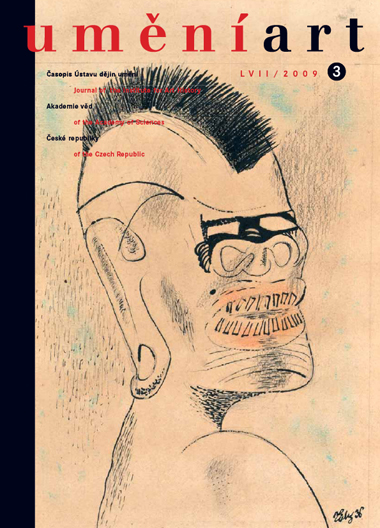Marie Platovská
Královské Vinohrady a jejich vývoj v 19. a 20. století
The history of Royal Vinohrady runs from June 1849 until January 1922. Administrative reforms introduced in 1848 abolished the mediaeval vineyard district on the Prague fortification land and the district's privileges, which dated back to the period of Charles IV. This deed and the Act on the interim municipal system of 1849 opened the way for politicians and businesses interested in the vineyard hills to found the municipality of Vinohrady. This Act, prepared in Vienna by Franz Stadion, introduced a modern concept of municipal self-government and symbolically sanctioned the emergence of the business and banking class necessary for the revival of the economy of the Austro-Hungarian Empire. The basic geometry of the future Vinohrady is already legible in Jüttner's plan of Prague dating from 1811-1816, which shows the sparsely laid out vineyard settlements, the historically engraved roads, and the newly established Wimmer Gardens. The gardens outside the town walls were part of the lifestyle of the Biedermeir burgher, the destination of Romantic and educational constitutionals. The Vinohrady councillors became more intensively engaged in the grand construction of tenement buildings over a continuous area after Prague was declared an open city in 1866. The end of the Austro-Prussian war led to the decision to abolish the walls and the declaration of a demolition zone (from the example of Vienna in 1857-1860). Vinohrady went through three stages of extensive construction - characterised by Camillo Sitte's concentration of development around dominant topographical features and by the regulated neo-classical street network with blocks of construction that drew on historicising and later secessionist elements - which created a modern residential area offering modern comforts to the newly formed middle class (a population of 83 367 as of 1922). The complex unification negotiations between Vinohrady town hall and Prague ended with the issuing of an act during the First Republic, whereby on 1 January 1922 Royal Vinohrady became a part of Greater Prague.
Full-text in the Digital Library of the Czech Academy of Sciences:
https://kramerius.lib.cas.cz/uuid/uuid:601d042e-d5b7-6f2d-31ba-769aa90b429e
< back

